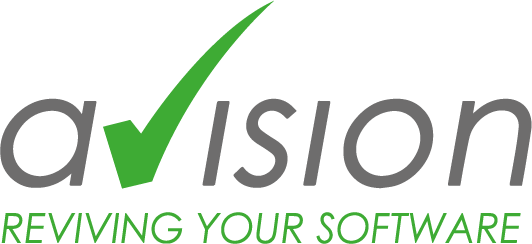Agile working methods are known in the IT world for their flexibility and efficiency. But where there is sunshine, there is also shadow: costs can quickly go through the roof with these projects. Avision names the four most important reasons for this.
There is no doubt that the advent of agile working has opened up completely new avenues for modern software development. However, the fact that costs are often exceeded is a phenomenon that should not go unmentioned. Avision shows where the causes lie:
Timetable missing
Agile projects are based on continuous adaptation and iteration. This also means that requirements and priorities change during the project. However, too many changes and a lack of product increment planning quickly lead to additional costs, as more time and resources are needed to meet the new requirements. Agile software development also relies on having an approximate goal in mind – it is therefore essential to regularly check whether the project is still on the right track and whether the goal has changed.
Communication costs skyrocket
Agile working requires close collaboration between different stakeholders, such as developers, customers and managers. Although the Scrum method prescribes routine meetings, inefficiency often strikes mercilessly: many, long and sometimes unnecessary meetings hinder the flow of work on the one hand and increase the costs for working hours, resources and the entire project on the other.
Budget is a mystery
Setting a fixed financial framework for an agile project sounds like a contradiction in terms. And indeed, the lack of a traditional project manager means that there is no role for controlling. If there is a lack of adequate solutions, such as agile fixed prices, and the necessary consultation between stakeholders, the overview of the finances can quickly be lost.
Minimum confused with maximum
If the specialist side does not interpret the minimum viable product (MVP), i.e. the very first version of the product, according to the standards of the agile method, the entire scope of the project explodes. The KISS principle (Keep It Simple and Stupid) applies here, according to which the development team initially strives for the simplest possible solution to the problem to be solved and receives quick feedback. If the ideas and requirements are not limited, the backlog becomes longer and longer instead of shorter. As a result, both the costs and the time required for implementation increase.
“It is important to note that not all agile IT projects are necessarily more expensive than traditional projects,” emphasizes Nadine Riederer, CEO at Avision. “Professional project planning, a well-trained team and clear communication help to keep costs in check. Then agility will also work.”
This press release can also be found at www.pr-com.de/de/avision
Press contact
Avision GmbH
Christina Karl
Marketing
Bajuwarenring 14
D-82041 Oberhaching
Tel. +49-89-623037-967
christina.karl@avision-it.de
PR-COM GmbH
Melissa Gemmrich
Sendlinger-Tor-Platz 6
D-80336 München
Tel. +49-89-59997-759
melissa.gemmrich@pr-com.de



